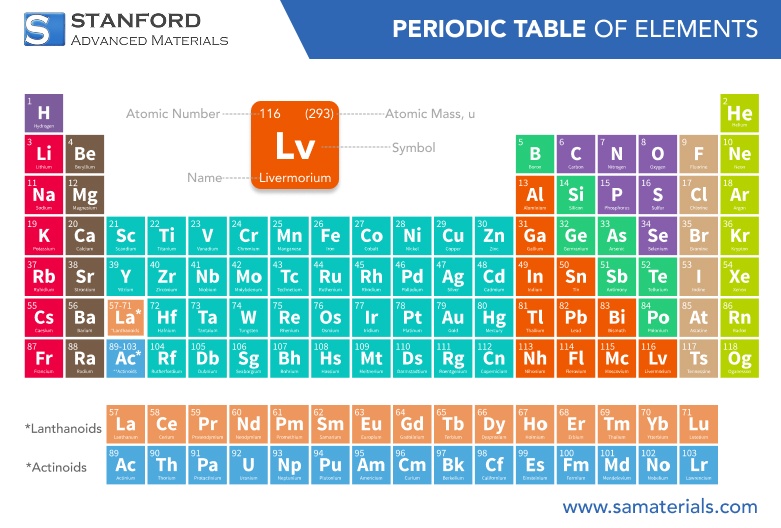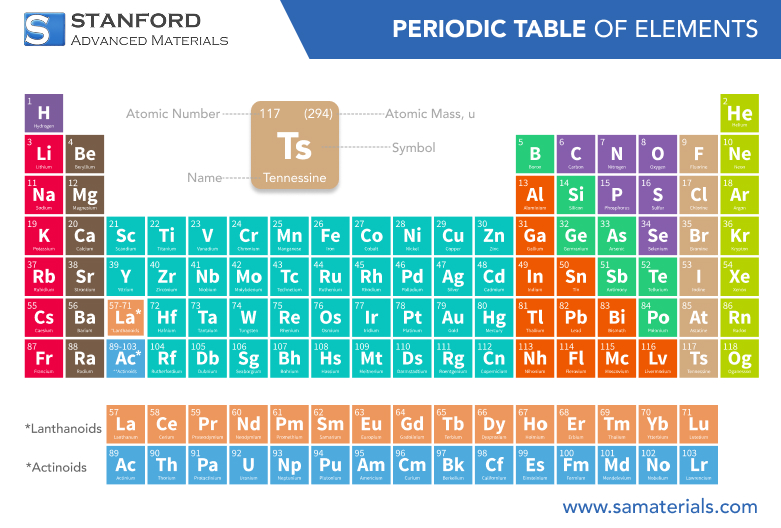Copernicium: Element Properties And Uses
Description
Copernicium (Cn) is a highly radioactive, synthetic metal with an atomic number of 112. It exhibits extreme instability and exists only as short‐lived isotopes. Owing to its rapid decay, its physical and chemical properties have not been precisely quantified, although it is presumed to be a dense, volatile metal.
Introduction to the Element
Copernicium is a synthetic element with an atomic number of 112, named in honour of the renowned astronomer Nicolaus Copernicus. It was first synthesised in the mid‑1990s by nuclear scientists at the GSI Helmholtzzentrum für Schwerionenforschung in Darmstadt. It has attracted considerable scientific interest due to its instability and rapid decay. For further information, please refer to Stanford Advanced Materials (SAM).
Description of Chemical Properties
The chemical properties of Copernicium remain largely theoretical because only a minimal quantity of atoms has been produced and observed. Predictions indicate that Copernicium may exhibit metallic behaviour; given that its location at the edge of the periodic table is in close proximity to the noble gases, it consequently displays behaviour that is atypical of standard metals. Relativistic effects have a significant impact on its electron configuration, thereby leading to a reduction in reactivity in certain oxidation states.
Common Uses
Owing to its synthetic origin and highly unstable nature, Copernicium is not used in everyday applications. Its production is restricted to specialised research laboratories, where it is utilised for high‐energy nuclear experiments.
Frequently Asked Questions
What is Copernicium?
Copernicium is a synthetic, superheavy element with an atomic number of 112 that is named after Nicolaus Copernicus and is synthesised in specialised nuclear experiments.
How is Copernicium produced?
It is synthesised via fusion–evaporation reactions in particle accelerators, whereby heavy target nuclei are bombarded with lighter ion beams.
What are the principal chemical properties of Copernicium?
Its chemical properties are predominantly predicted; it is anticipated that the element exhibits metallic behaviour, which is influenced by relativistic effects that affect its oxidation states.
Why is Copernicium of significance to scientific research?
The study of Copernicium contributes to the refinement of nuclear and chemical theories, thereby enhancing the understanding of electron behaviour and the boundaries of nuclear stability.
Are there any practical applications for Copernicium?
Due to its extreme instability and brief half‐life, Copernicium is employed exclusively for research purposes and does not have direct industrial or commercial applications.

 Bars
Bars
 Beads & Spheres
Beads & Spheres
 Bolts & Nuts
Bolts & Nuts
 Crucibles
Crucibles
 Discs
Discs
 Fibers & Fabrics
Fibers & Fabrics
 Films
Films
 Flake
Flake
 Foams
Foams
 Foil
Foil
 Granules
Granules
 Honeycombs
Honeycombs
 Ink
Ink
 Laminate
Laminate
 Lumps
Lumps
 Meshes
Meshes
 Metallised Film
Metallised Film
 Plate
Plate
 Powders
Powders
 Rod
Rod
 Sheets
Sheets
 Single Crystals
Single Crystals
 Sputtering Target
Sputtering Target
 Tubes
Tubes
 Washer
Washer
 Wires
Wires
 Converters & Calculators
Converters & Calculators
 Write for Us
Write for Us
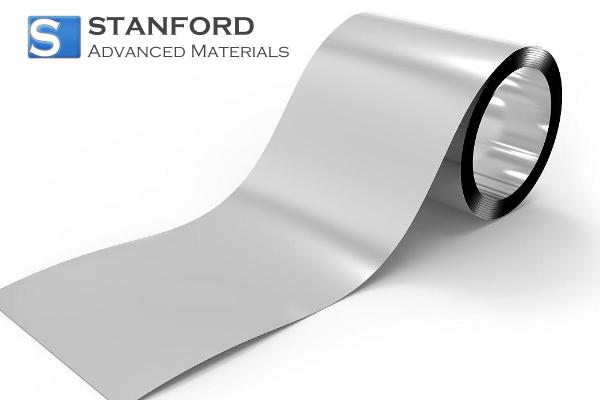
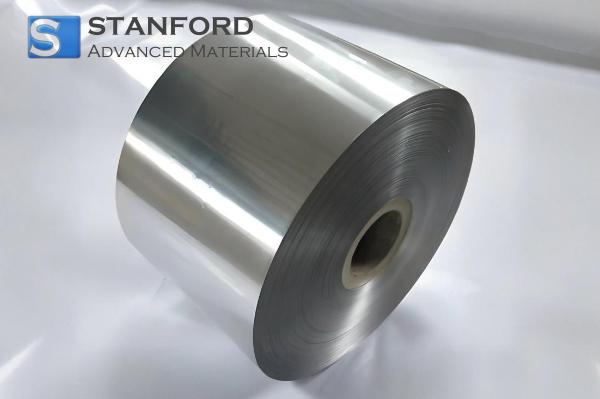
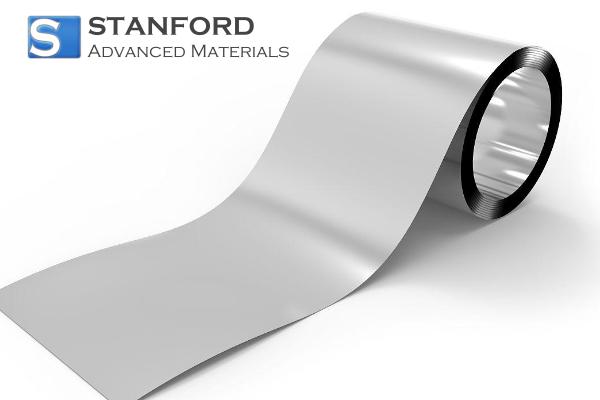
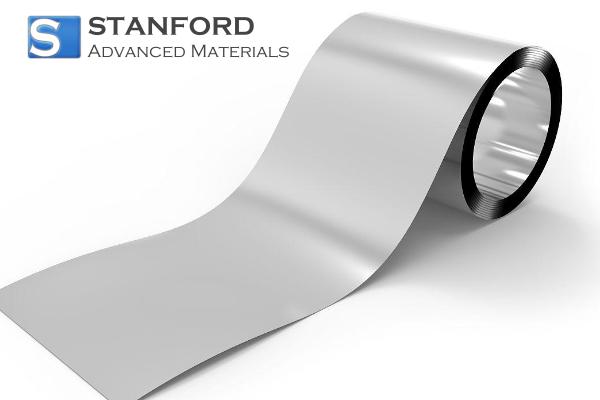
 Chin Trento
Chin Trento

